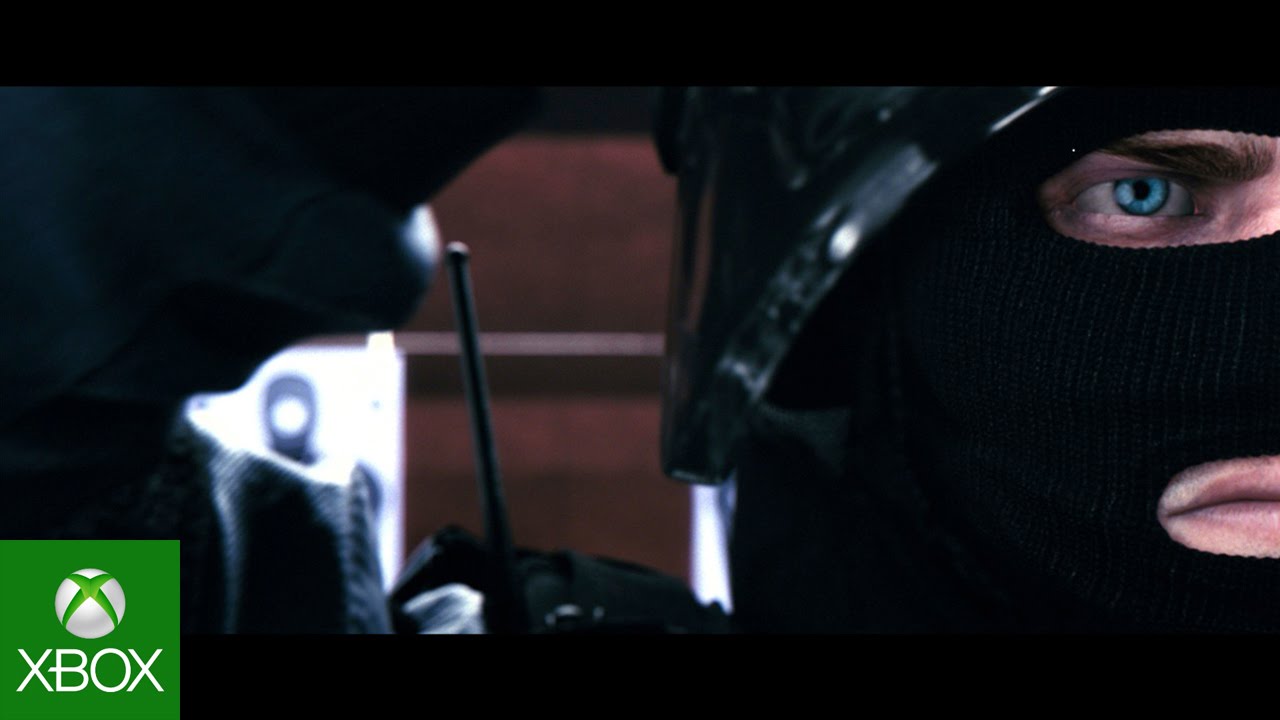
What You Need to Know About Rainbow Six: Siege
We figure there are a few things you ought to know about Rainbow Six: Siege, the next heart-pounding chapter in Ubisoft’s acclaimed series, confirmed today to be coming to Xbox One on October 13. First off, this game is all about teamwork and communication. Failure to properly use your operators in tandem, to properly call out breaches and opportunities, and to properly coordinate attacks, is death. Second, this game is white-knuckle to the max. In a brief, four-minute map, there is hardly room to breathe… let alone sit on your heels and wait for the enemy to come. You’ve got to be ready to act at all times. And finally, everything is destructible. It’s insane how gameplay options emerge from the initial peppering firefights and the holes they leave in cover.
Let’s start with the core of what Rainbow Six: Siege actually is. Two teams of five operators square off in a variety of match types. Ubisoft’s recent livestream showed us some hostage rescue on a map that appeared to be some kind of mansion. In a typical match, one team starts with the hostage under lock and key, and must protect her for the time limit – while the other team assaults the house and must rescue the hostage unscathed. If either team kills the hostage, even inadvertently, that team loses. It can create a pretty tense situation when you wound the hostage, too: If, say, the assaulting team (the “rescuers”) hit the hostage in a flurry of bullets, they then have to really rush to try to secure the hostage and provide medical attention before they bleed out, which gives the hostage takers a huge tactical advantage.
Normally, though, it seems that games are won by either elimination or through time running out. The defenders can use a variety of modular means to protect their hole-up areas, including reinforcement for the destructible walls and doors, and mobile bulletproof shields. The thing is, though, there’s not necessarily any one route of approach that the attackers have to take. Yes, it’s much easier (and quieter) for them to ingress through preexisting means like garage doors, windows, etc., but they could theoretically use a shaped charge or a thermite cutter to make a hole in a wall, and just come in through that. Defenders have one advantage, though: the clock. If they can hold the attackers at bay long enough, they will eventually win. The onus is on the attackers to push, push, push.
But they can’t get sloppy; communication and crackerjack timing are critical. Different operators (team members) have different roles. For example, the Pointman has a heavy shield and lots of hit points. While he only carries a small pistol for offense, he can absorb a lot of damage and clear the way for an attack from his comrades. This is important if the attackers choose a frontal assault – or want to make it seem like they have. Other operators can bring SMGs or shotguns, both of which are very useful for deforming the environment. A defender with a SMG might intentionally blast a hole in one wall in order to clear line-of-sight for the attackers’ expected approach. Or an operator with a shotgun could blow apart an entire door in order to kill the enemy crouched behind it. Nowhere is safe in Rainbow Six: Siege. We can’t wait to get our hands on this one in October!
